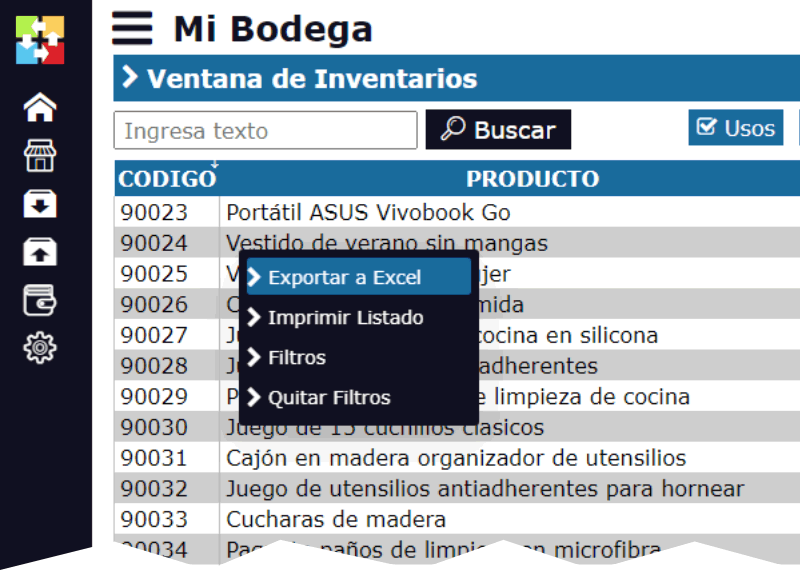The Templars' Accounting Books: Medieval Order's Financial Secrets
The Order of the Templars, founded in the 12th century, was one of the most powerful and wealthy organizations of the Middle Ages. Although its existence was marked by controversy and persecution, its financial legacy remains a topic of interest for historians and accounting enthusiasts. In this article, we will explore the accounting books of the Templars and the financial secrets they reveal about the medieval order.

The Importance of Accounting in the Order of the Templars
Accounting was a fundamental part of the financial management of the Order of the Templars. The Templars were known for their efficiency and organization, and their accounting system reflects this attention to detail. The accounting books of the Templars were designed to record all financial transactions of the order, from donations and income to expenses and investments.
The Accounting System of the Templars
The accounting system of the Templars was based on a double-entry model, which consisted of recording each transaction in two different accounts: an asset account and a liability account. This model allowed the Templars to have an accurate record of their transactions and maintain a balance between their income and expenses.
The accounting books of the Templars also included a system of account classification, which allowed accountants to categorize transactions according to their nature. Accounts were classified into several categories, such as income, expenses, assets, and liabilities.
The Financial Secrets of the Templars
The accounting books of the Templars reveal several financial secrets about the medieval order. Below are some of the most interesting:
- Diversified Income: The Templars had a variety of sources of income, including donations, taxes, rents, and dividends. This allowed them to maintain a solid and diversified financial base.
- Strategic Investments: The Templars invested in a variety of assets, such as land, buildings, and companies. This allowed them to generate additional income and increase their wealth.
- Expense Control: The Templars were known for their austerity and ability to control expenses. Their accounting books reveal a focus on cost reduction and resource optimization.
- Use of Debt: The Templars used debt to finance their projects and operations. However, their use of debt was prudent and strategic, allowing them to maintain a reasonable level of debt.
Conclusion
The accounting books of the Templars offer a fascinating glimpse into the financial management of the medieval order. Their focus on accounting and financial management allowed them to maintain a solid and diversified financial base, which enabled them to thrive in a complex economic environment. Although the Order of the Templars no longer exists, its financial legacy remains a topic of interest for historians and accounting enthusiasts.





